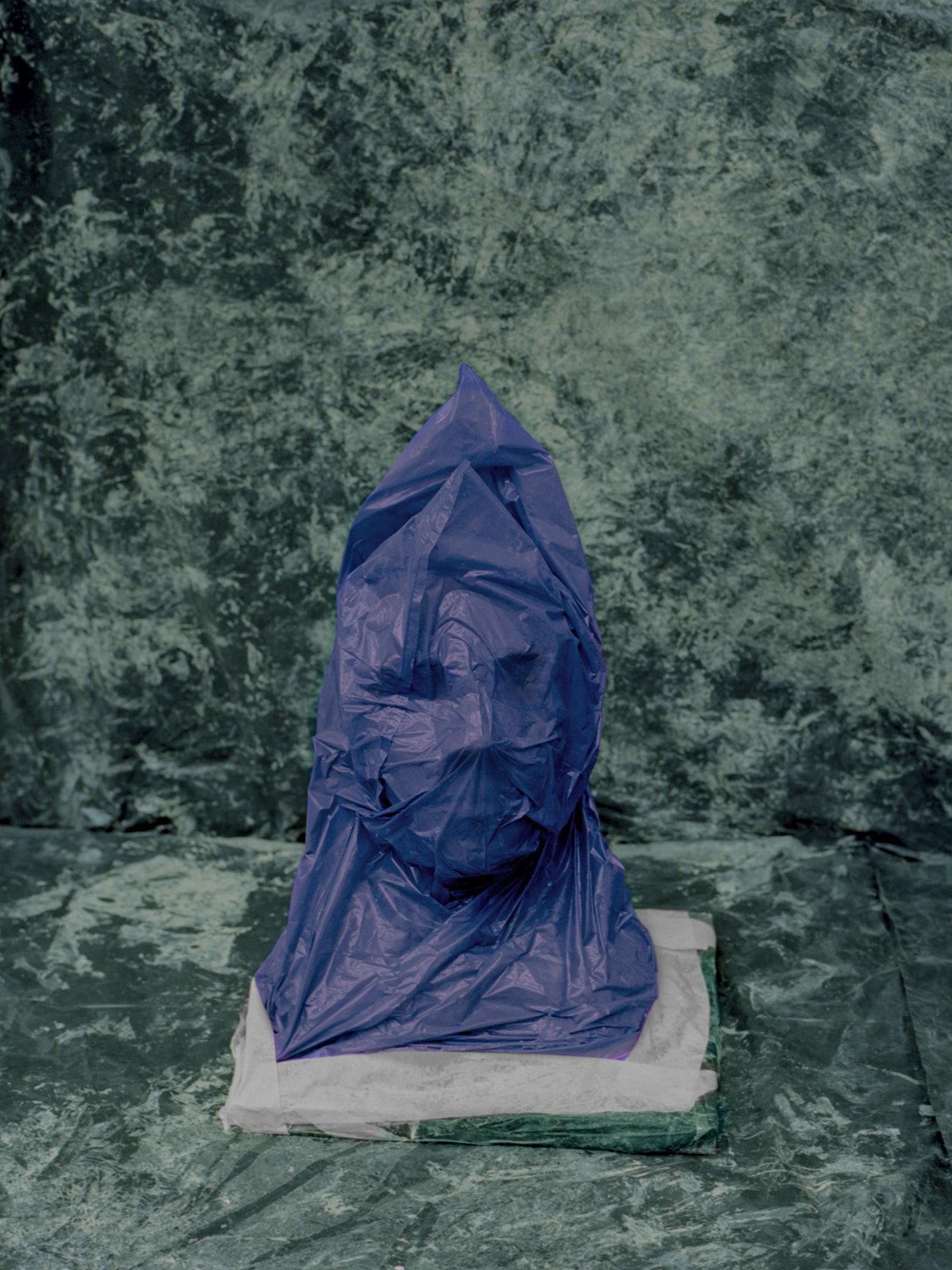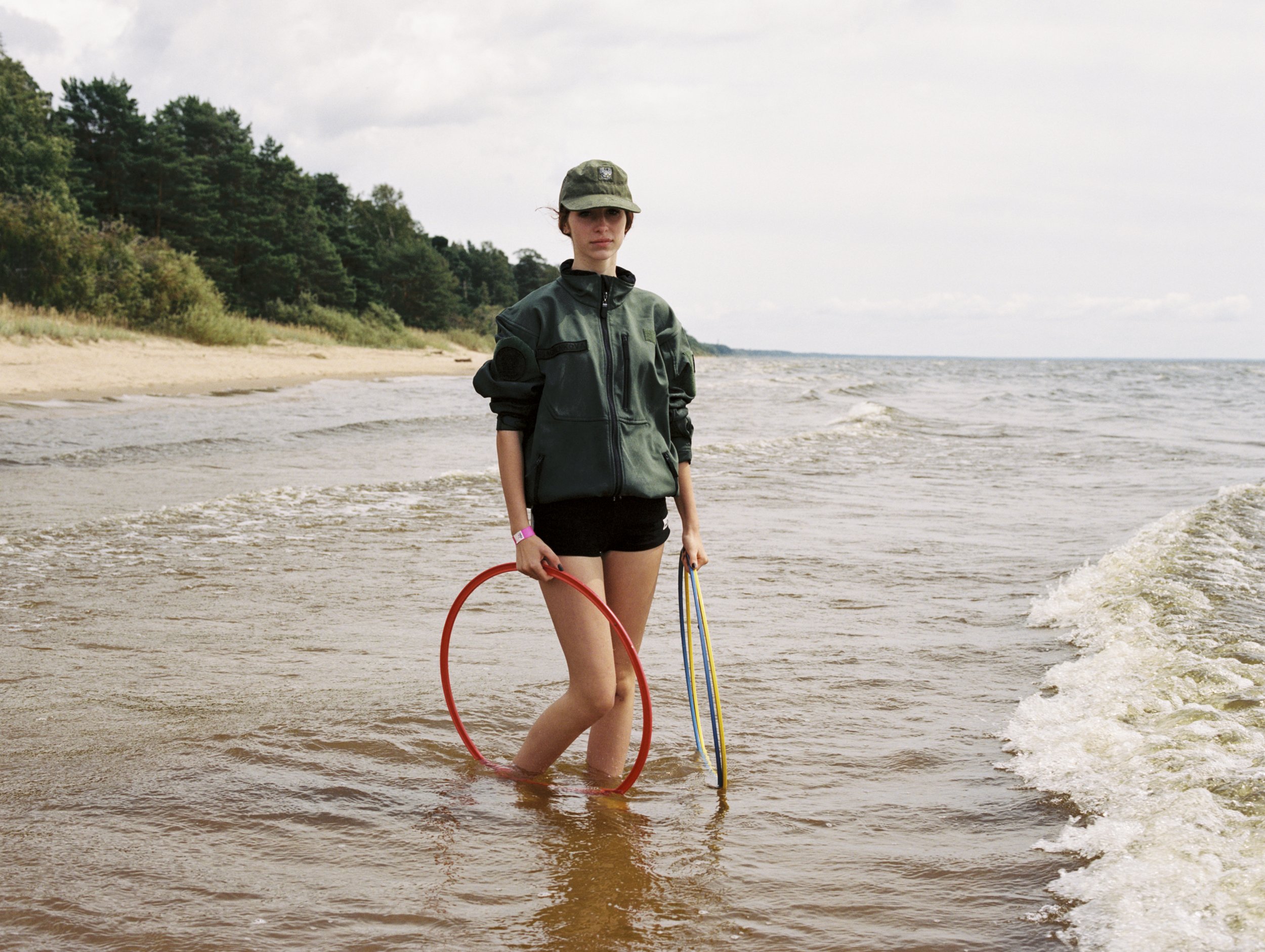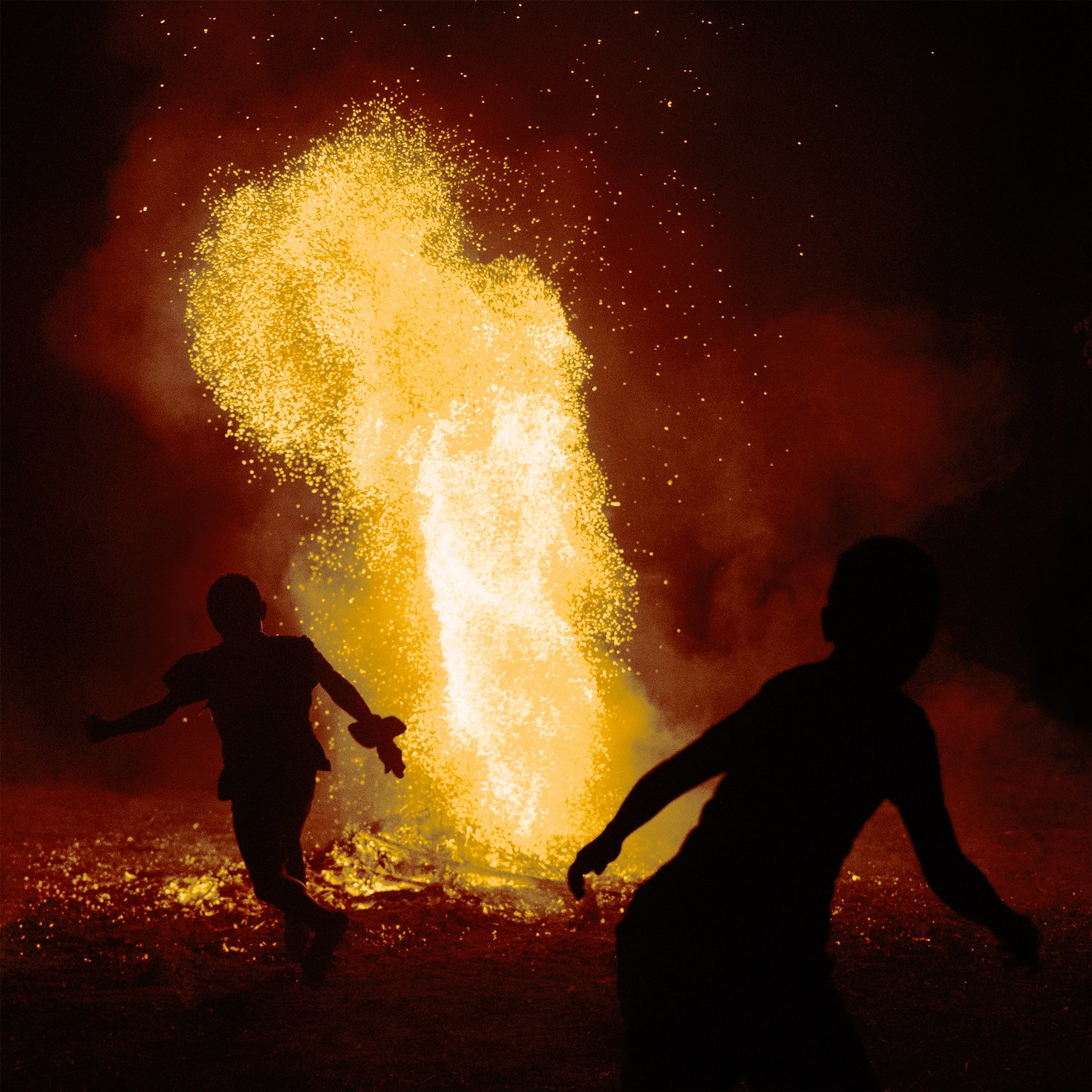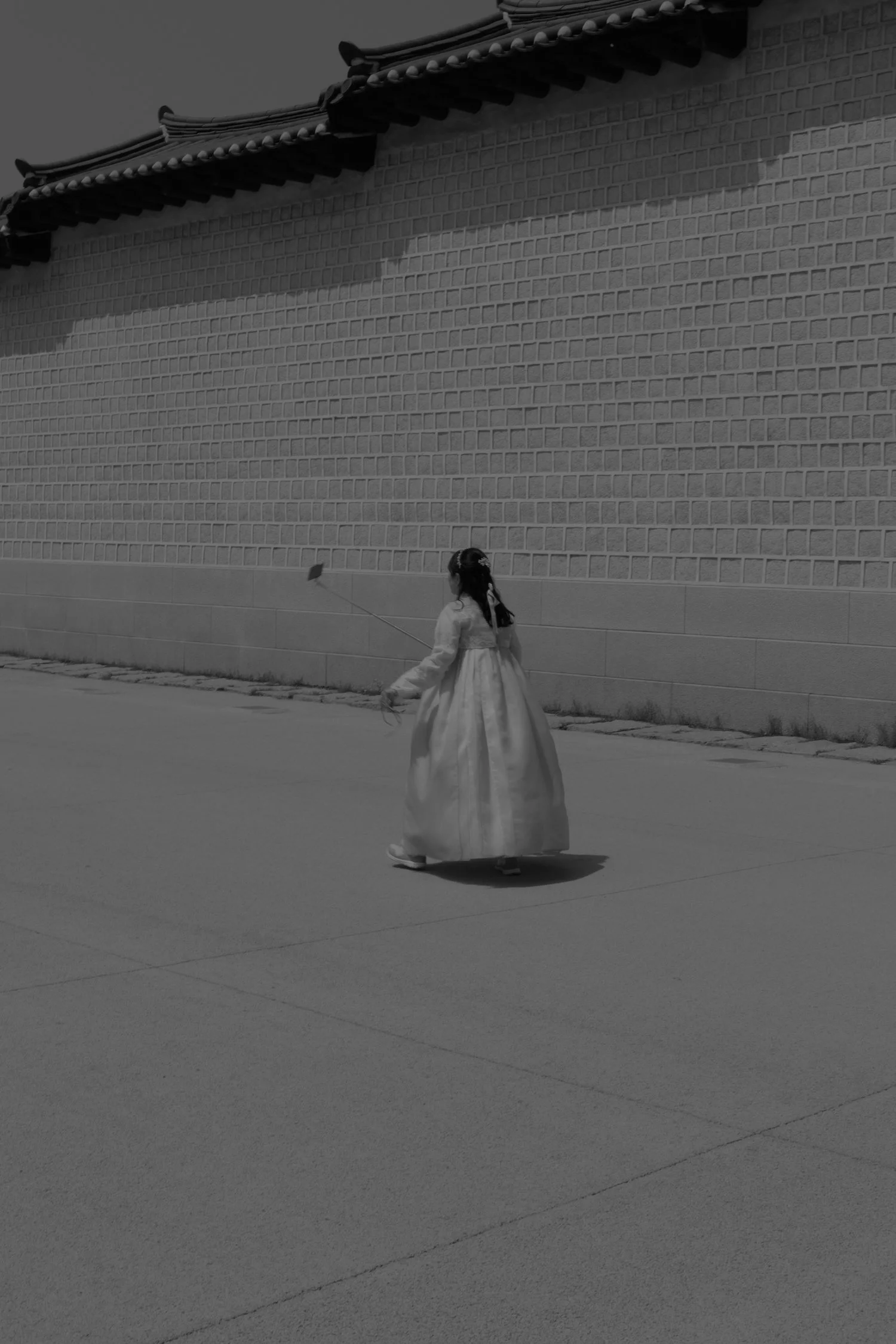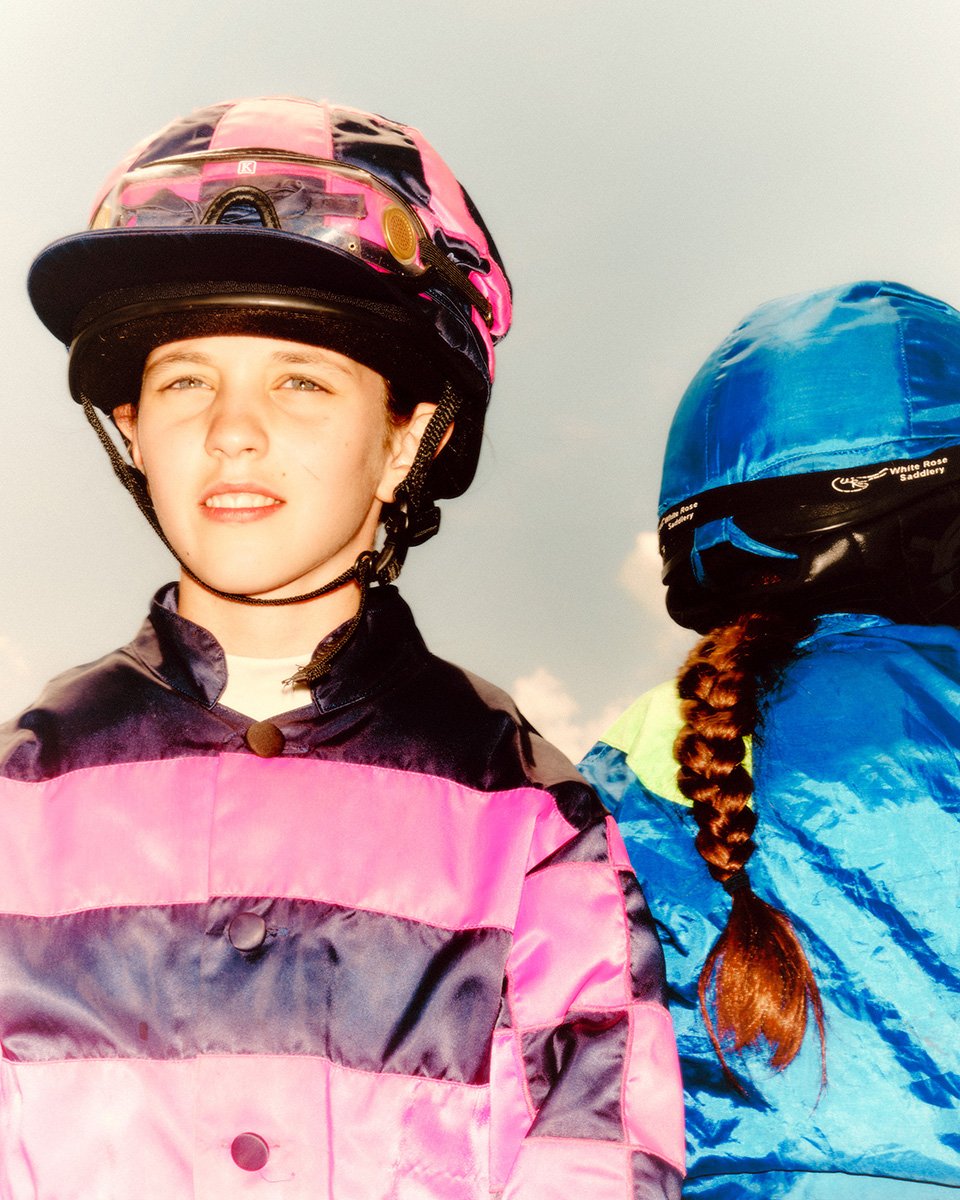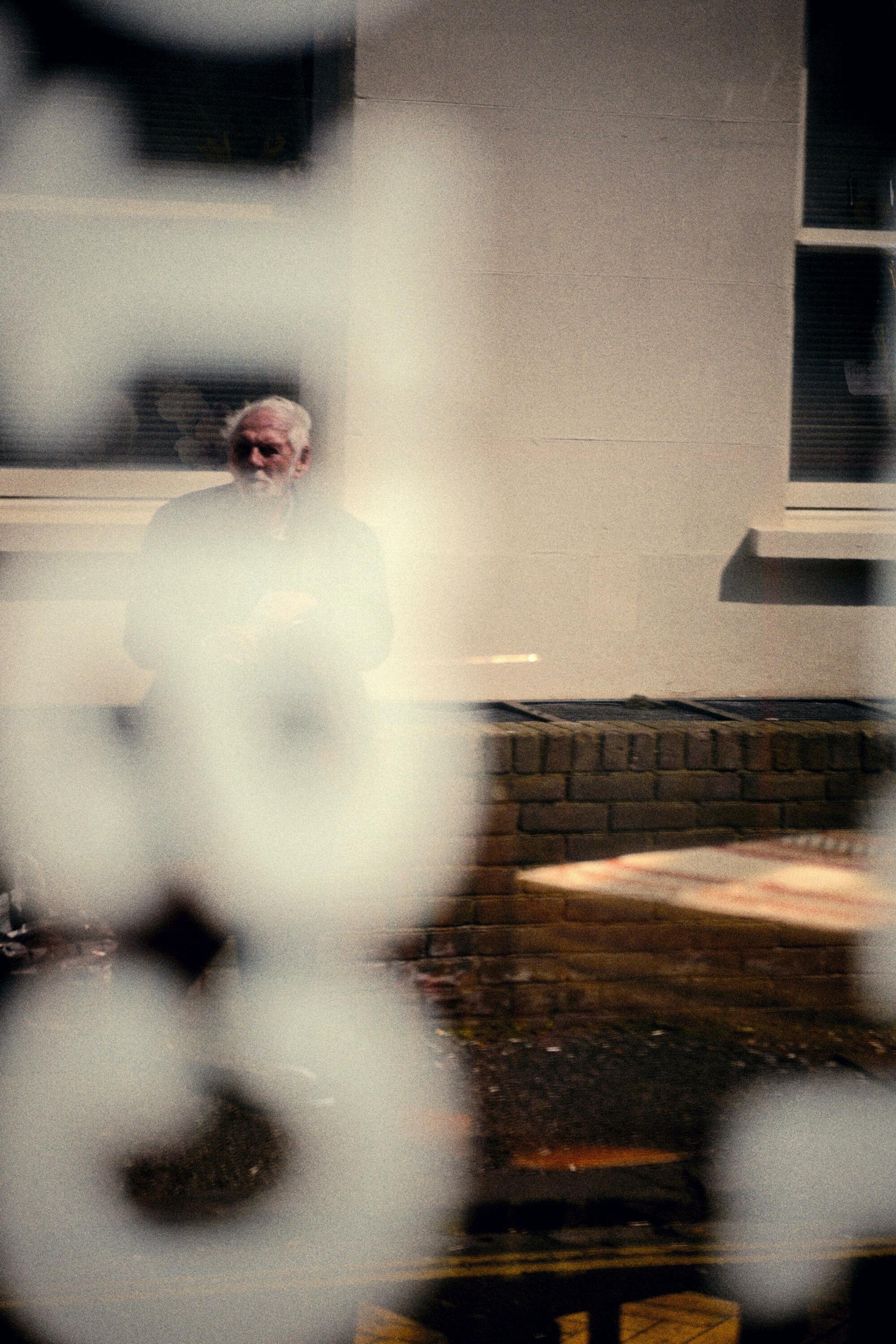Bubble Chamber
Bubble Chamber is a tool for detecting traces of particles making them visible and photographable. For this series, photographer Alvaro Deprit finds an association of traces while he works with art students and revisits and scans old films.
Photography Alvaro DepritBubble Chamber is a tool for detecting traces of elementary particles making them visible and photographable. It was first conceived and created by Donald Arthur Glaser in 1952. The particle tracks become visible as droplet trails, which can be photographed.
Subatomic particles are too small to see, so over the years physicists have devised a way to detect and visualise them, often forming beautiful patterns and images in the process.
“I had the feeling that the fragment and interruption are more meaningful and revealing than a narrative continuum in everything that happens.”
The images are a collection of traces, images of the creative process, the flow of potential narratives that suddenly stopped due to an event.
At that time, I developed two different works at the same time and I was aware that I was dealing with the same idea from different points of view:
On one hand, I took portraits of students and their works in progress within the art school. These are sculptures that were covered with plastic during a phase of the construction process to maintain humidity; biomorphic contours that evoke unborn objects and bodies. I was attracted by the magic of waiting, by the tension of something that is about to happen and by these forms that are as real as their creators.
On the other hand, I found myself scanning damaged films left for years in a corner of the basement of the house, covered with dust and organic residues. I scanned the film with the aim of dissecting a ‘trace’ in its random layering path.
The energy of both processes which, like in a bubble chamber, became visible. I had the feeling that the fragment and interruption are more meaningful and revealing than a narrative continuum in everything that happens.
Seeing the invisible whether it is traces or something not yet born.
About Alvaro
Alvaro was born in Madrid and has been living in Italy since 2004. He studied German Philology in the 'UCM' of Madrid and 'Otto Friedrich' of Bamberg (Germany) and Sociology in the 'Università D’Annunzio' of Chieti (Italy).
He focuses on the idea that the weave of the world comes from relational processes -the idea that reality is less solid than it appears. He is therefore interested in the narrative nature of identity seen as an emerging process and of the individual that exists as a relational pattern.
Alvaro is the author of three books and his work has been exhibited in festivals and galleries in Arles, Rome, Barcelona, Madrid, London and New York and his clients and publications include New York Times, Newsweek, Playboy, Internazionale, Vanity Fair, Das Magazin, L’Espresso, National Geographic, The Fader, Riders, Bulletin, L’Espresso, The Guardian, El Pais Semanal, NZZ, DLaRepubblica, British Journal of Photography.
He won the British Journal of Photography Award, PHotoEspaña Human Values Award, Viewbook Contest, Fotocanal amongst others.
To see more of his work, visit his website or follow him on Instagram






